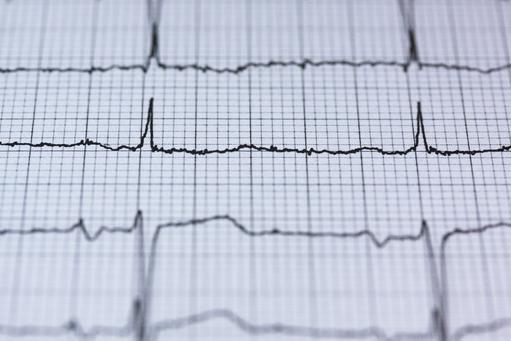Tag

Devi Shetty
Chairman & Senior Consultant, Cardiac SurgeonDirectory:
Expertise:
Dr Devi Prasad Shetty is a senior cardiac surgeon, founder of Narayana Hrudayala in Bangalore.
After completing his graduate degree in Medicine and post-graduate work in General Surgery from Kasturba Medical College, Mangalore, Dr Shetty trained in cardiac surgery at Guy's Hospital in the United Kingdom.
In 2001, Shetty founded Narayana Hrudayalaya (NH), a multi-specialty hospital in Bommasandra on the outskirts of Bangalore, because he could not find any employers who understood his vision. He believes that the cost of healthcare can be reduced by 50 percent in the next 5–10 years if hospitals adopt the idea of economies of scale.
Apart from cardiac surgery, NH also has cardiology, neurosurgery, pediatric surgery, haematology and transplant services, and nephrology among various others. The heart hospital is the largest in the world with 1000 beds performing over 30 major heart surgeries a day. The Health City intends to cater to about 15,000 outpatients every day.
view this profile
Directory:
Tags:

|
In October 2013 Professor Olaf Wendler, Clinical Director of Cardiology and Cardiothoracic Surgery at King's College Hospital London performed a new surgical heart procedure for the first time in the UK called less invasive ventricular enhancement or LIVE.
New procedures better for an aging population The path breaking operation uses a new device, developed by Bioventrix, Inc. that enables surgeons to effectively "exclude|" scarring. The procedure involves re-modelling the patient's left ventricle, which is the part of the heart responsible for pumping oxygen rich blood to the body, whist the heart is still beating. It's particularly suitable for elderly frail patients suffering from chronic heart disease and the benefits include small incisions, faster recovery and better outcomes. With traditional open-heart surgery the surgeon makes a ten to twelve-inch incision and then gains access to the heart by splitting the breast bone and spreading open the rib-cage. The patient is then placed on a heart-lung machine and the heart is stopped for a period. This approach, inappropriate for frail older patients with advanced heart disease, can be associated with postoperative infection, pain and a prolonged recovery time. |
|
|
|
|



